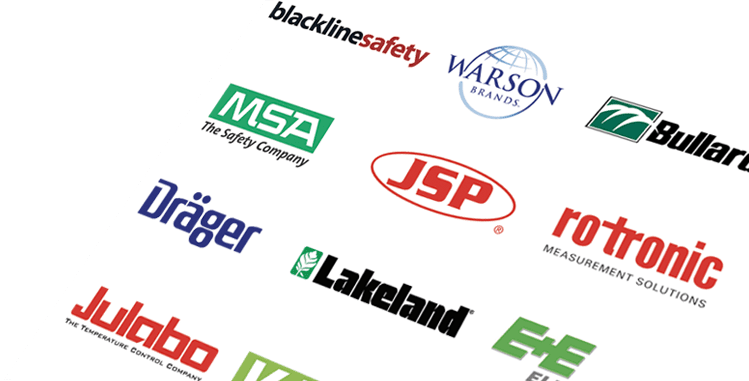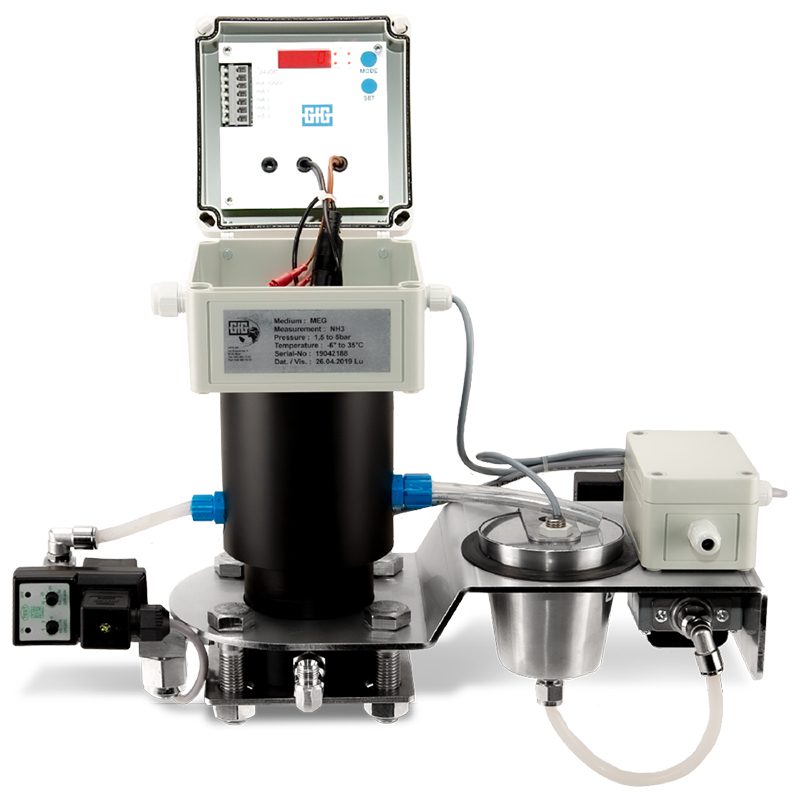There are no PDF's for this product
For more than 60 years, GfG has been committed to protecting people, industrial facilities and the environment by developing and manufacturing gas detection systems. With an extensive range of portable gas detectors and fixed gas detection systems, GfG can supply you with a selection of products for many applications and industries. Our scope also includes on-site service and advanced training courses.
We are specialists for gas detection solutions, not generalists in safety. No one can be the best at everything, but if you focus on one thing, you can achieve excellence. We work hard to provide you with the best gas detection equipment available, so you can focus on your task without having to worry about the risks that gases can pose. Because of that we invest more heavily in research and development than any other company. Approximately 13% of our annual turnover is reinvested in basic research and the development of new sensors and devices.
This includes finding solutions for customers whose requirements are not met by “off the shelf” products. We take pride in our longstanding cooperation with the Singapore Civil Defence Force (SCDF), for example. For many years now, they have put their trust in GfG’s portable devices, which we optimized to adapt to the Singaporean climate and fulfill the special requirements for integration into the SCDF communication network.
In order to avoid consequential damage and not endanger production processes, ammonia leakages must be detected and repaired at an early stage. For this purpose, measuring devices for ammonia detection are integrated into the secondary cooling circuit. The MiniCal III system was developed specifically for this purpose. Intensive cooperation with operators of cooling systems and extensive experience have resulted in a powerful and user-oriented system that is quick and easy to install.
Selective measurement for early warning
In order to be able to reliably detect ammonia leakage, the selective measuring method directly in the secondary circuit has been proven. The MiniCal III system measures a leakage selectively (0.2 ppm) even in the smallest concentrations, whether in normal water basins, in circuits or in brine mixtures such as ethylene glycol, propylene glycol, Tyfoxit, Pekasol, etc.
Basically, a difference is made between detection in water circuits and water/brine circuits. In both cases, electrodes with selective membranes are used. Due to the reaction of ammonia with the cooling medium, ammonia detection is carried out either with an ion-selective ammonium electrode or a gas-sensitive ammonia electrode, depending on the medium and the pH value. This allows an absolutely reliable statement to be made about ammonia leakage.
Measurement method
The ion-selective measuring method of the MiniCal III system measures an effective concentration in the cooling circuit in ppm (parts per million). This is very important in order to avoid damage to the cooling system. Only ion-selective measurements allow the smallest detection of 1 ppm. At limit values of 3 ppm in open systems (cooling medium from lakes or rivers) and 20 ppm in closed systems, safety actions must already be taken.
Ammonia leaks are detected reliably and early with selectively measuring electrodes. As the diagrams show, ammonia detection with the pH value is only possible above 100 ppm or 1000 ppm ammonia, depending on the medium. By using the selective measurement method with the MiniCal III system, an earlier warning is possible in order to initiate appropriate actions.
In brine or glycol circuits, pH measurement is not suitable, because substances with a basic or acidic effect are buffered. The pH value remains constant until the buffer capacity is exhausted. Therefore, a change in the pH value can only be measured at higher ammonia concentrations. This measuring technique also has a higher sensitivity in water circuits, so that even smaller leaks can be detected at an early stage.
Signal amplifier
The measuring signal of the MiniCal III system is connected to a measuring amplifier/controller. This forwards the alarms to a higher-level control centre. The system informs about the measured concentration at any time, about the respective operating states if the limit values are exceeded and about flow disturbances. If the alarm limit value is exceeded, appropriate actions are initiated.
In addition, there is a signal pre-amplifier, which is mounted directly on the respective fitting. This provides an on-site display and reduces interference between the measuring chain and the controller.
Fittings and installation locations
The selection of MiniCal III fittings depends on the installation location. The medium is tapped from pipelines with return in the same, in basins or with free outlet. They can be used flexibly, are easy to install and are characterised by a compact design. You will find a selection at the bottom of this page.
 Would you like to know more?
Would you like to know more?
Our team can help you with any product information, quotes, or any general questions you may have about the product.

Putting the ‘direct’ in directory since 2009. With our global catalogue of quality safety and environmental monitoring products all under one roof, we put an end to lengthy, saturated searches. At OSE, just find and enquire and we will put you in touch with the right person to make your product purchase.


"*" indicates required fields
